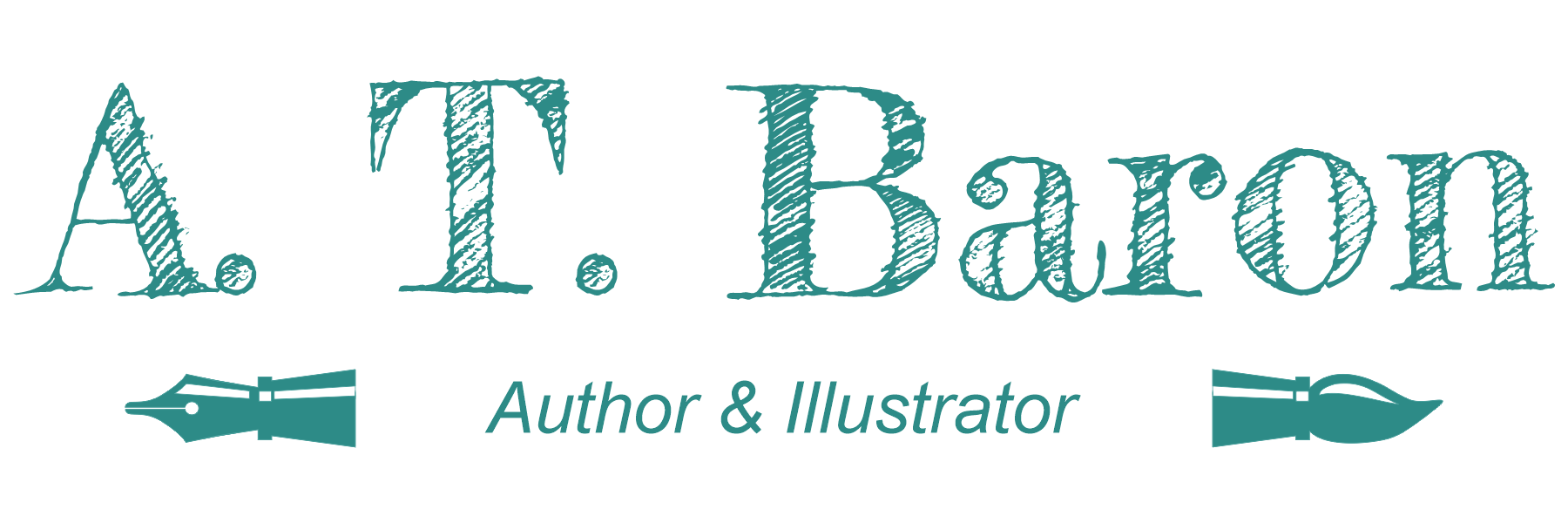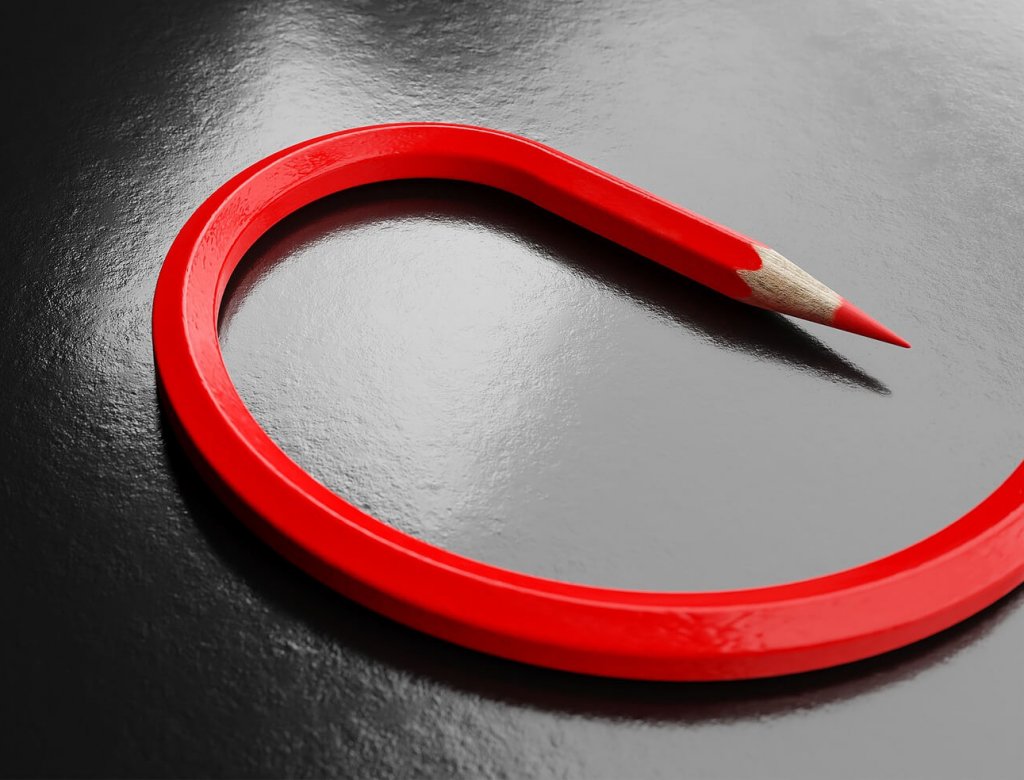Fortune Cookie Friday: Bravely Creative
The universe is full of ideas, but it takes the right kind of person to pluck them from the cosmos and make them come to fruition. Whether we are a writer, musician, or an artist, it takes a special knack—creativity.
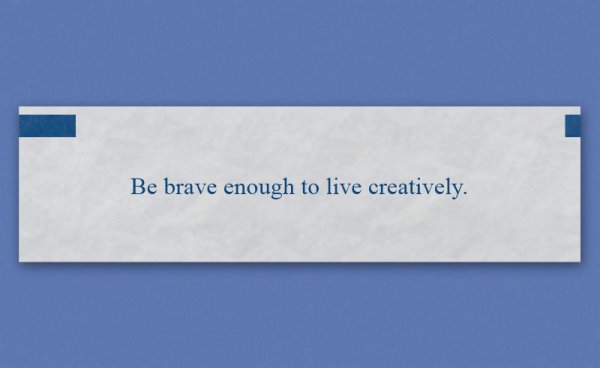
Today’s fortune comes from the creative actor, director, screenwriter, comedian, and author, Alan Alda. The full quote is:
Philosophers and scientists have considered creativity for millenniums but still haven’t narrowed down how it works. Creativity isn’t a right-brain versus left-brain event. Creative thinking doesn’t involve one single brain region or side at all; it’s a complicated interaction of multiple brain regions, conscious and unconscious cognitive processes, and emotions.
Creative (or synthetic) minds are complex and messy compared to those of analytical thinkers. The later is like sliding a coin into a gumball machine and out pops a single chewy confectionery. There is a focused process that searches for a particular result. The former is more like smashing the dispenser, finding the floor strewn with colorful candy, and seeing shapes in the chaos. It’s a little rebellious, but the results are limitless.
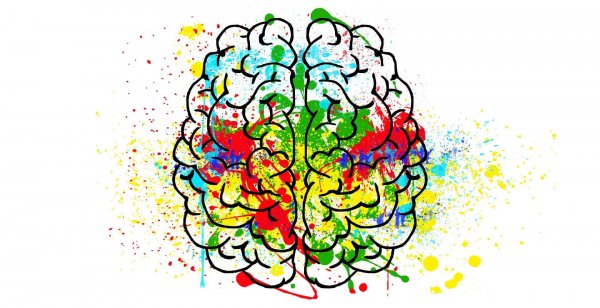
Even with all of that complexity, not only are creative people able to generate new or novel ideas, they can spontaneously connect the dots in the constant flow of information from outside and within. This ability allows them to make connections often unnoticed, or undiscovered by others. Art, entertainment, and even business industries highly prize creativity. Many companies will choose the creative candidate over a more learned one because they bring that extraordinary knack with them.
Creativity is more than thinking up ideas, though. It requires two essential components, originality and functionality. InnovationManagement author and editor, Jeffrey Baumgartner, defines creativity as the “mental process in which two or more bits of information come together in your mind to create a new and useful idea.” An idea is just that until it serves a purpose, then it becomes a creative endeavor.
I find it interesting that Mr. Alda says we need to be brave to live creatively. Even if one is creative, the ability to live creatively doesn’t come easy. It requires us to think outside the box, go where others dare not tread, and live on the wild side, but we also need to share those ideas for them to become useful. This presentation means we have to peel back the layers and show others our true selves.
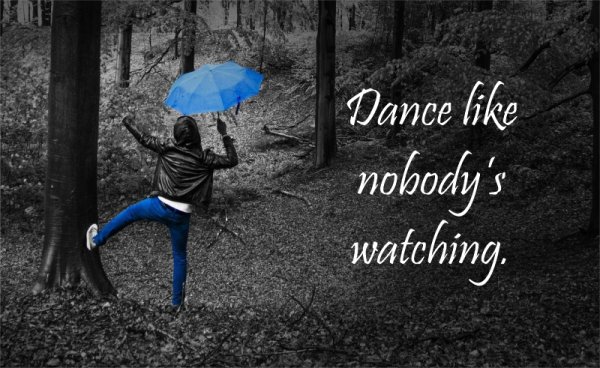
Exposing ourselves and our ideas will reveal a lot, and it’s common to feel uncomfortable when sharing creativity. Much of who we are and what we think is different from others. The fear of acceptance can stifle any creative mind. Fortunately, life isn’t a one-size-fits-all realm. We aren’t all alike, nor should we aim for that. It’s important to recognize that those differences are excellent characteristics.
In nature, diverse ecosystems are healthier than ones with a limited number of species. They generally use resources more efficiently, are more resilient, and have a better chance to recover after disturbance. Just as a healthy ecosystem requires diversity, so does creativity.
Originality and functionality are important. Still, without that bravery to accept who we are, share our ideas, and even allow some failures, we wouldn’t have great inventions, modernization, and fascinating arts. In fact, this world would be an incredibly dull place. Even if we only have a tiny amount of creativity, we should nurture it, develop it, and show it to others. We need to revel in our diverse minds and know that we have the power to make a difference on Earth even if our ideas seem a little out of this world.
